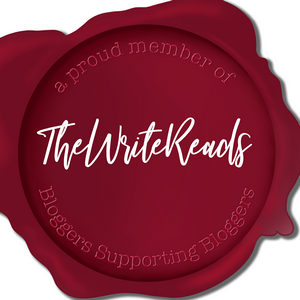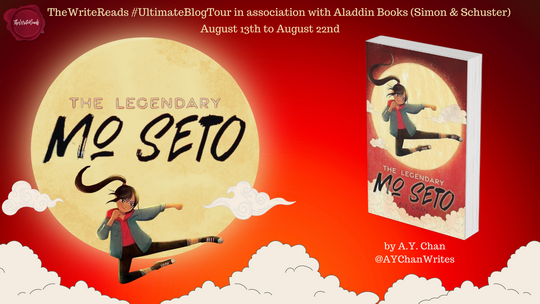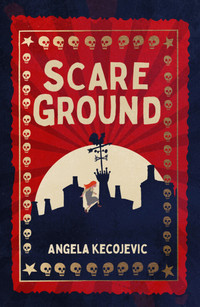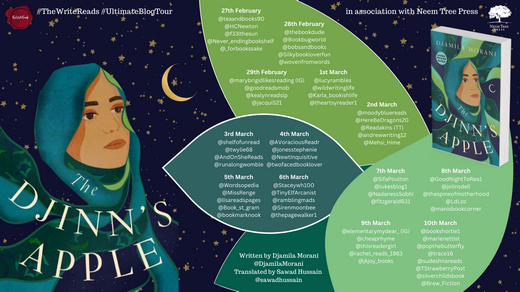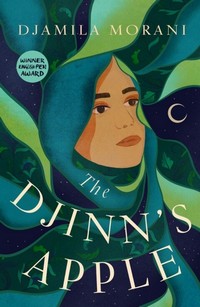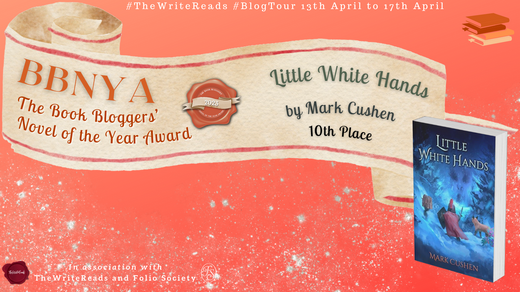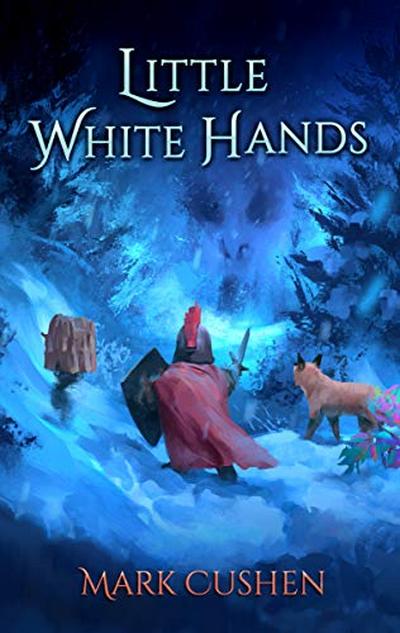I’m very pleased today to welcome The Write Reads Book Tour for this MG novel by A. Y. Chan, The Legendary Mo Seto! My take on the novel will be posted here a little later this morning, I just want to put a few finishing touches on it. The Tour is in full swing now, so be sure you check out https://twitter.com/WriteReadsTours to see what other bloggers are saying about the book, now that I’ve had a chance to write up my thoughts without inadvertently stealing an idea or two from someone, I’m looking forward to diving in myself. But for now, let’s learn a little bit about the book, shall we?
Book Details:
Title: The Legendary Mo Seto
Publisher: Aladdin
Format: Hardcover/Ebook
Length: 320 pages
Publication Date: June 4, 2024

About the Book:
Mo Seto, martial arts movie star! Has a nice ring to it doesn’t it? If only there wasn’t a height restriction to audition. But 12-year-old Modesty (Mo) Seto has never let her height get in the way before, not when she became a black belt, or when she fought the meanest boy in her class, and she’s not going to let it stop her this time! Now if only she can figure out a way to grow five inches and fool everyone at the auditions… Join Mo on an adventure (and audition) of a lifetime and find out if powerful things really do come in small packages!
Why I wrote this book – A. Y. Chan
I started training in taekwondo when I was six and, growing up, I longed to read books about kick-butt girls doing kick-butt things, but there really weren’t as many as I had hoped for. The idea for this book has been percolating in my head ever since. I wish to inspire kids not only to be brave and never give up, but also to be proud of who they are.
My inspiration for my story came from a real city-wide competition, where, like Mo, my protagonist, I faced off against a bigger, stronger boy during the final match. At that time, pairings were determined by belt-level and age, not by weight class. I ended up losing. I remember feeling so crushed by my second-place finish, and I kept replaying the fight in my head, wondering what I could have done differently.
I was also inspired by martial arts movies—especially the stunt actors and body doubles, and the thugs in the background serving as punching bags for the protagonist. As an introvert, I never wanted to be the main character…but to get beat up by the main character? That seemed awesome. After achieving my black belt in Taekwondo, I explored other types of martial arts and came away with an appreciation for the similarities and differences in the different forms, and how each has a unique philosophy linking the physical to the mental (and spiritual). Martial arts is about discipline and practice, but it’s also about respect (for oneself and for others) and integrity. And, of course, indomitable spirit, the all-encompassing light within us all that shines with determination and hope and an unshakable optimism for a brighter tomorrow.
Best,
A.Y.
Book Links:
Amazon Canada ~ Amazon US ~ Amazon UK ~ Simon & Schuster ~ Goodreads ~ Publishers Weekly review ~ Kirkus Reviews review ~ The Children’s Book Review

About the Author:
 A.Y. Chan is the author of The Legendary Mo Seto, a story about a 12-year-old female martial artist who auditions for a movie role opposite her favorite martial arts movie hero—only to find out she’s too small for the role. Growing up in Canada’s Greater Toronto Area, A.Y. read all the middle grade and young adult books she could get her hands on. To this day, those remain her favorite genres. After achieving her black belt in Taekwondo, she explored a range of other types of martial arts, and she draws upon her experiences in learning new techniques and philosophies to inspire her writing. These days, she continues her martial arts training some mornings, writes in the afternoons, takes long walks to muddle out plot points, and falls asleep reading.
A.Y. Chan is the author of The Legendary Mo Seto, a story about a 12-year-old female martial artist who auditions for a movie role opposite her favorite martial arts movie hero—only to find out she’s too small for the role. Growing up in Canada’s Greater Toronto Area, A.Y. read all the middle grade and young adult books she could get her hands on. To this day, those remain her favorite genres. After achieving her black belt in Taekwondo, she explored a range of other types of martial arts, and she draws upon her experiences in learning new techniques and philosophies to inspire her writing. These days, she continues her martial arts training some mornings, writes in the afternoons, takes long walks to muddle out plot points, and falls asleep reading.
Author Links:
Twitter/X ~ Instagram ~ Facebook ~ Website ~ The Children’s Book Review Interview

My thanks to The Write Reads for the invitation to participate in this tour and the materials they provided.
